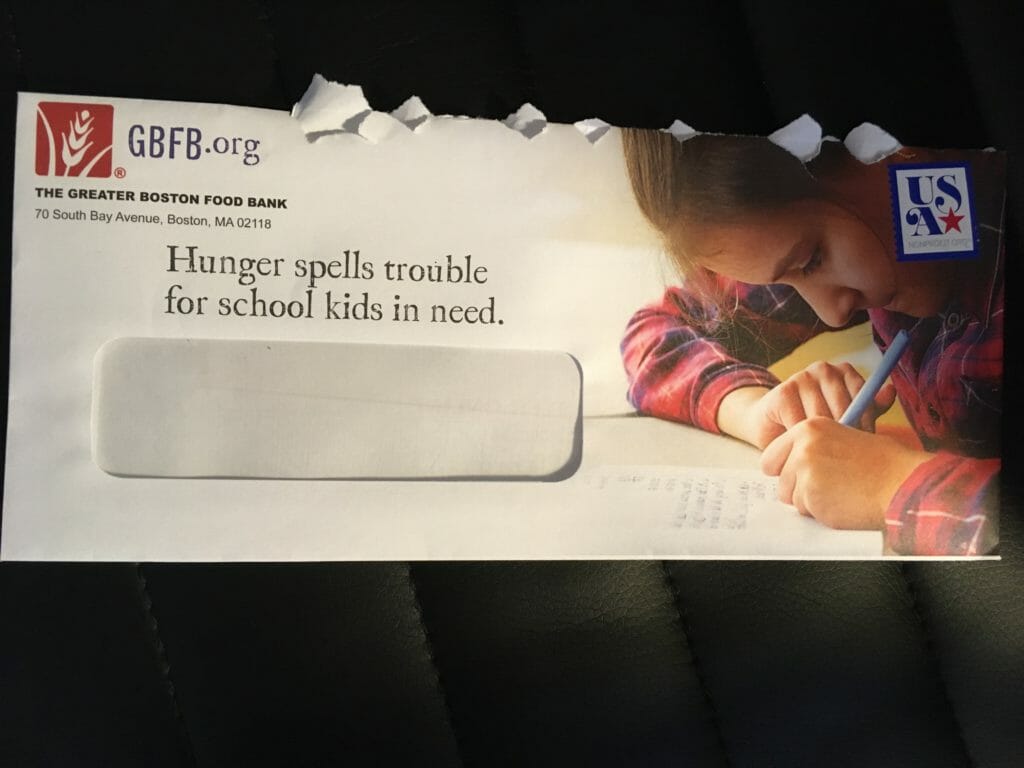 Labor Day is past. Autumn has not yet begun. But for nonprofit organizations like yours, it’s end-of-year appeal season.
Labor Day is past. Autumn has not yet begun. But for nonprofit organizations like yours, it’s end-of-year appeal season.
Getting your end-of-year appeal right matters greatly. Most nonprofits receive 30% of their donations in the month of December alone.
Especially in 2020, when incomes are down and the need for your services is up, your end-of-year appeal could determine whether your organization closes in 2021…or sails into the new year, ready to serve the people who need you most.
So, what do you do now, today, this moment, to ensure a happy December?
Here are a dozen steps you can and must take, beginning right now, to make sure donors give generously when they receive your end-of-year appeal. Share on XThink about your audience.
Starting now, know the people you are writing to. What do they care about, and what matters to them? I suggest you print out a photo of the donor whose heart you want to touch and keep it in front of you for the next few months.
Decide what story you’re telling.
Do you already have a story bank, with the names and narratives of real people you’re trying to help? Then you can find what you’re looking for there. If not, there’s not a moment to lose in asking staff and volunteers to put you in touch with a client whose stories you can tell. (With their permission, of course!)
Pick photos.
Again, you may have these in your story bank, or you may need to go out and take photos–again, with the client’s permission. Aim for action photos that tell the story all by themselves. Avoid head shots and group photos.
 Why will the donor open the envelope?
Why will the donor open the envelope?
The envelope is the first thing the donor sees, and it has to be inviting–or it will end up in the recycling bin, unread. Figure out whether you can put a tag line, a photo, or even just a name people know and trust on the outside of the envelope.
Dear “who”?
The first thing the donor will look for is whether or not you got their name right. If you don’t know what they like to be called, now–today–is the time to ask them. (And if you do know, make sure it’s in your database, so the correct name ends up in the salutation of your letter.)
The postscript comes first.
After their name, the first thing most donors look at is the P.S. Choose whether you want to use it to repeat the main theme of the letter, to offer a chance to have their donation matched, or to make the message more urgent. Write the postscript first and then work the letter in its direction.
Ask. Ask. Ask.
Your donors are generous people, but they like to be asked. Especially this year, a lot of other organizations are bidding for their charitable donations. You must ask them to give, directly, and repeatedly. I suggest coming up with three “ask” sentences to space throughout your letter before you even start writing.
Once upon a time….
If you have a story, tell it like a story. Focus on one individual or family. Show how life was going for them before some danger appeared: getting sick, losing their job, or getting targeted by terrible government policies. Make the peril imminent.
Make the donor the hero of the story.
Donors don’t give to your organization: they give through your organization. They want to help that person in trouble. So, tell success stories throughout the year, but when you’re asking for money–especially in your end-of-year appeal–leave the client in peril and urge the donor to help.
Make it easy for donors to donate by mail.
Include a reply slip with the name and address of the donor and the name and address of your organization. It should say, “Yes! I want to help [name of client in the story] and people like her to [get out of the trouble you’ve described in the letter].” It must include the option to give by credit card–or you will lose money.
Make it easy for donors to donate online.
Many people on your mailing list will give because you sent them an end-of-year appeal letter in the mail, but they will go to your website to do it. Make sure the website address, or URL, is prominent in your letter and/or on your reply slip.
Make sure donors get a REAL thank-you.
The acknowledgment from your online donation page is not a real thank-you all by itself. The receipt you send in the mail, for tax purposes, is not a real thank-you either. Plan to send the ideal thank-you letter within 48 hours of receiving the gift. Then, create a TY calendar, so that you are finding ways to make donors glad they gave, all the way until the next December.

Leave a Reply